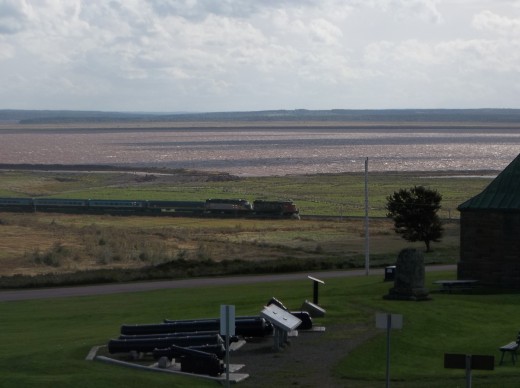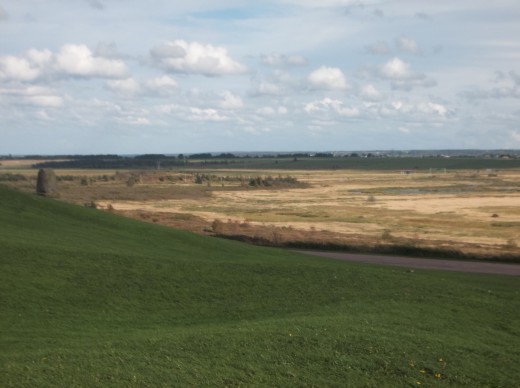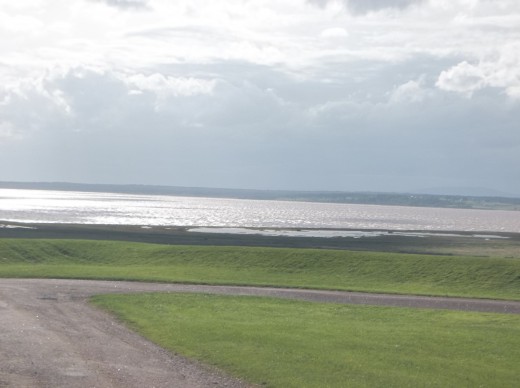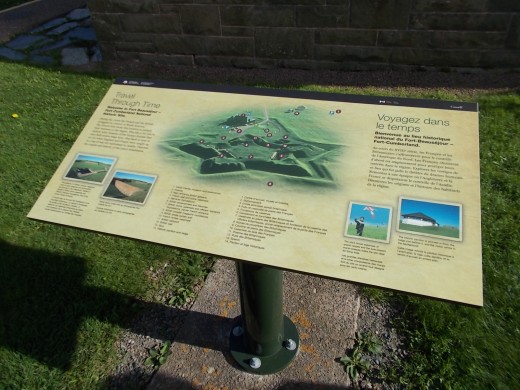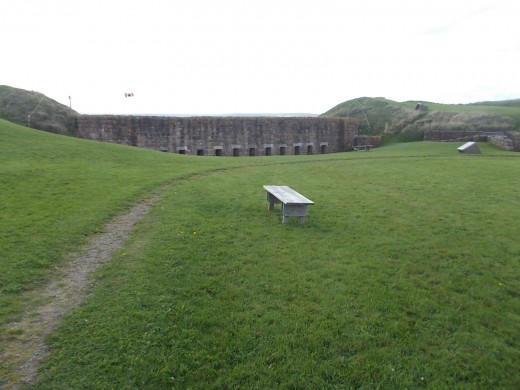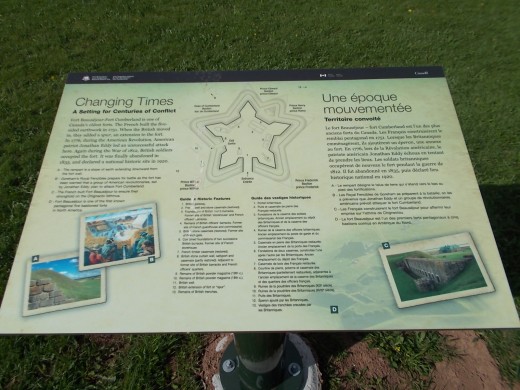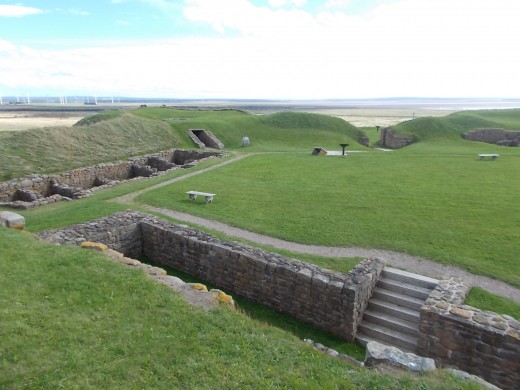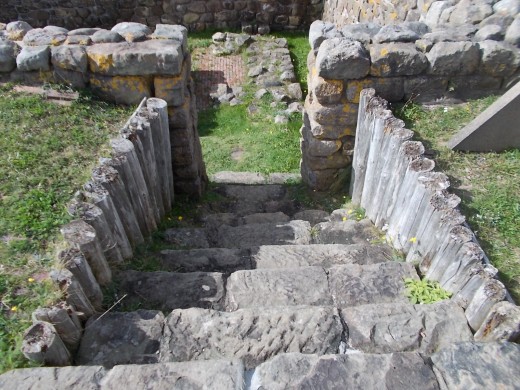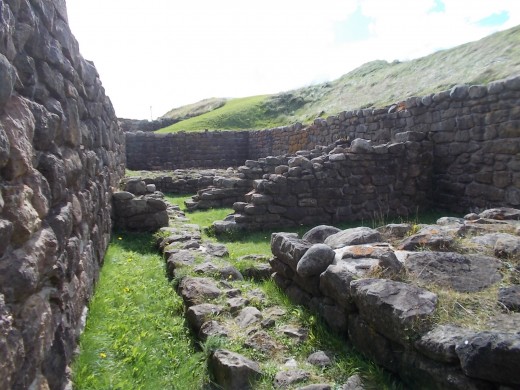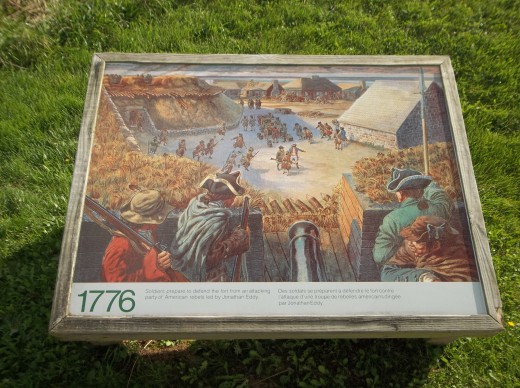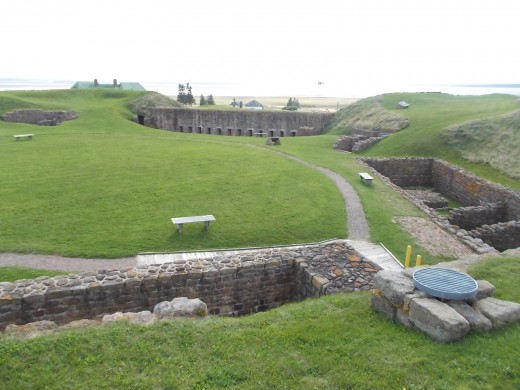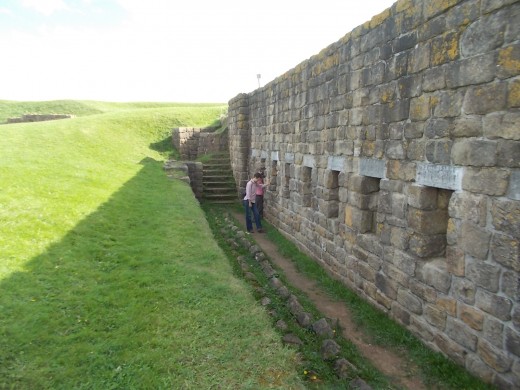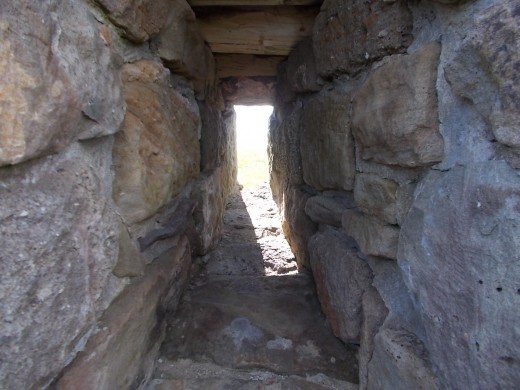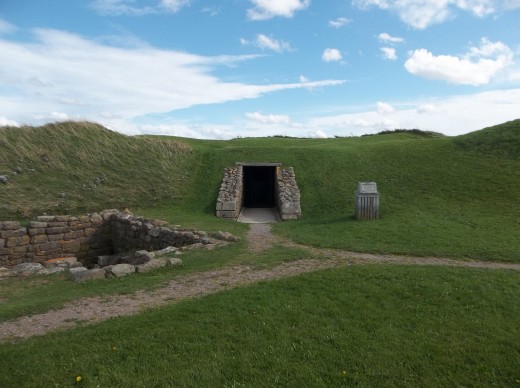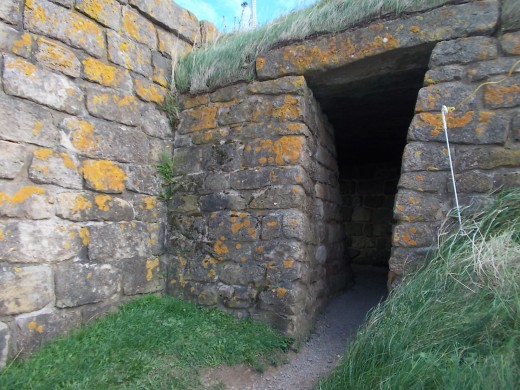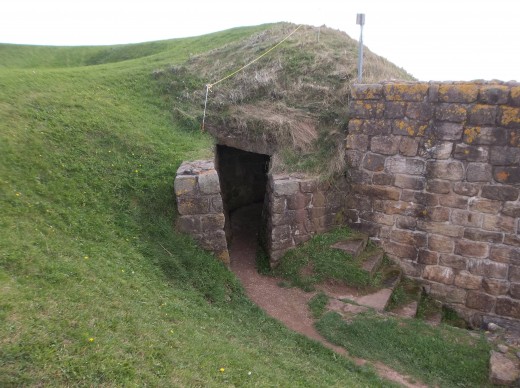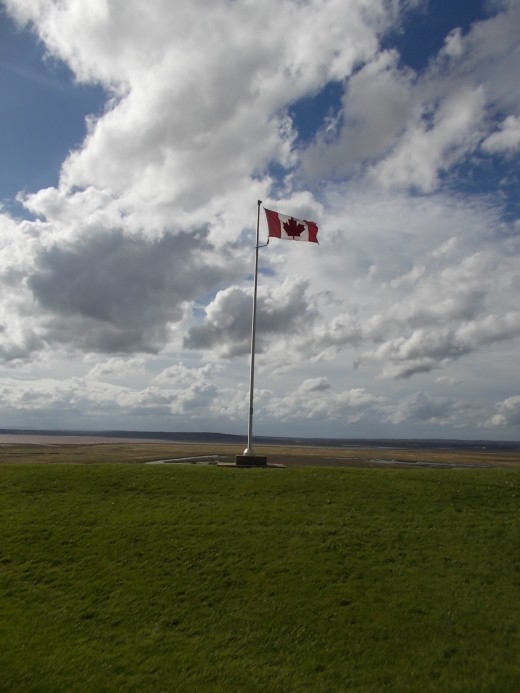Homeschooling-Lessons of Opportunity: Fort Beausejour/Fort Cumberland
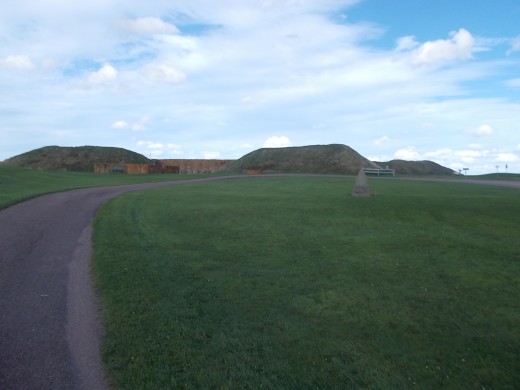
His Majesty's Yankees
As a youth, I noticed a copy of His Majesty's Yankees by Thomas H Raddell on my parent's bookshelf and decided to read it. I don't know how or why my parents acquired it for the family library because I don't think anyone else in the family ever read it.
I'd stumbled across a gem. Thomas H Raddell (1903 - 1994) is an award winning Canadian author. His Majesty's Yankees is one of his best known works. It is a historical novel set around the time of the American Revolutionary War as a backdrop. It includes a vivid account of the American assault on strategic Fort Cumberland. It is written from a distinct Nova Scotian perspective.
Visiting this historic site with my family brought that part of the novel alive. I enthusiastically shared the memory with my children. We decided to play the part of the attacking American volunteers and scaled the ramparts. There we were all shot dead by the imaginary defenders as we crested the walls. This bit of fun helped cement a historic lesson in everyone's minds.
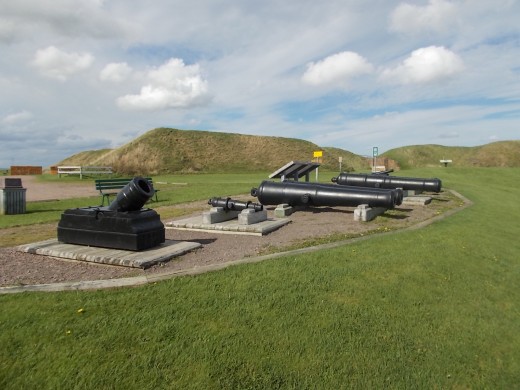
The View From the Fort
Click thumbnail to view full-size


Two European Empires Collide
Fort Beausejour was built during Father Le Loutre's War between the French and British. The war lasted from 1751 - 1755. Construction of the fort began at the beginning of that conflict on a ridge overlooking the north end of the Bay of Fundy. A rival British fort, Fort Lawrence, was built on a smaller ridge further east. The fort's strategic position was intended to protect the land route between Quebec and Louisbourg.
In 1755 British troops along with New England militia forces attacked and captured the incomplete fortress. The British recognized that the French had built a better located and better constructed fort than they had. They promptly renamed it Fort Cumberland and abandoned Fort Lawrence. The battle of Fort Beausejour is considered by historians the beginning of the final conquest of New France by the British.
Because the Acadians, who felt caught in the middle of the conflict, refused to swear allegiance to the British crown, the British began to deport them. The fort was used as a place to hold prisoners before deporting them. Le Grand Derangement is a dark period in New Brunswick and Nova Scotia history. Many Acadians were relocated to Louisiana where they became known as Cajuns.
One bit of information that I find is often overlooked when reading about the struggle between France and Britain in North America is that the French were heavily outnumbered during the conflict. They fought hard but just didn't have the manpower to hold this territory.
Location
The nearest international airport is Moncton, NB. Motel accommodations are available in Aulac, Sackville, NB and Amherst, NS.
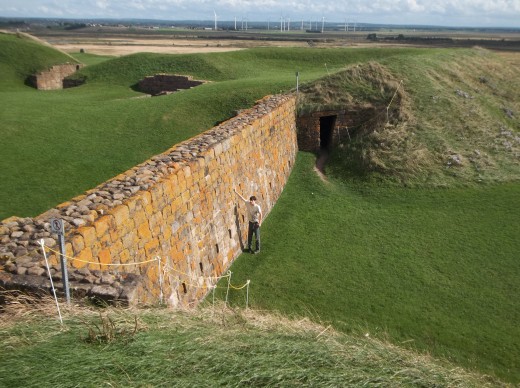
The American Revolution Stops Here
The battle of Fort Cumberland happened during the American Revolutionary War. This pivotal battle again helped shape the future of North America. Had Fort Cumberland fallen to the Americans, Nova Scotia could have become the fourteenth colony in the American Union. Canada as we know it today probably would not exist.
After the defeat of New France, Fort Cumberland lost a great deal of its importance and it wasn't long before the site was abandoned and fell into disrepair. That all changed when the American colonies rebelled against the crown. Joseph Goreham arrived with troops to repair and defend the site while American sympathizer Jonathan Eddy scraped together a rebel militia to try to seize it for the revolutionary cause.
The besieging Americans lacked artillery and attempted to storm the fort several times. Goreham's men successfully repelled each attack until reinforcements arrived to drive off the Patriot militia. Nova Scotia remained strongly loyal throughout the rest of the conflict.
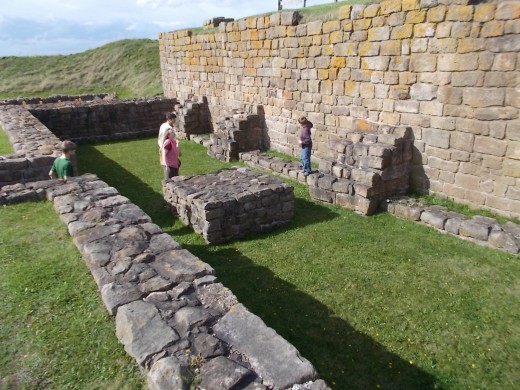
Relevant One Last Time
After the American Revolutionary War Fort Cumberland was once again abandoned and fell into disrepair. In 1812, the United States and the British Empire decided to have one last go at each other.
Because of its strategic location, Fort Cumberland was quickly restored and garrisoned. Most of the War of 1812 was fought in the Great Lakes region. With the British occupying part of the State of Maine no significant military action occurred in the area.
Guarding Nova Scotia's back door was an important role. Any American attack through this land route would have threatened Halifax, which was the most important British controlled harbour in maritime Canada. The Americans were never in a position to mount an invasion in this part of the country. Fort Cumberland helped make sure of that.
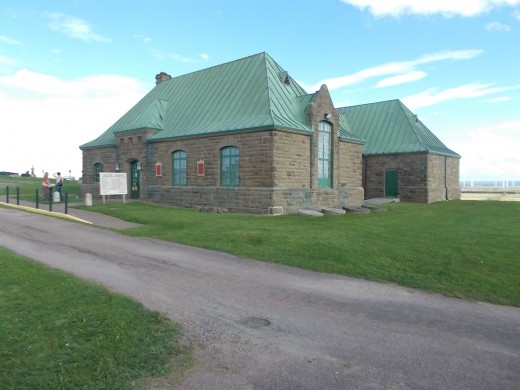
A Worthwhile Visit
For us visiting Fort Beausejour/Fort Cumberland was an enjoyable inexpensive afternoon. Our visit occurred during the off season. The museum itself was closed and I'm sure there are a large number of artifacts worth seeing there. We didn't see any of that but we also didn't have to spend a dime on admission.
Obviously from the photos anyone can see that the fort itself is a ruin. The earthworks are intact and most of the stone parts of the buildings and fort are still there as well. There are numerous plaques to explain everything. We had no difficulty self guiding our tour through the site.
It was fascinating to tour a place that had such a significant impact on the history of North America. If you're interested in this type of history, it is worth a stop along the way to visit.
Additional Photos
Click thumbnail to view full-size














Official Website for Fort Beausejour
- beausejour
Find information on Canada's National Historic Sites, National Parks, National Marine Conservation Areas and on other cultural and natural heritage related topics.


